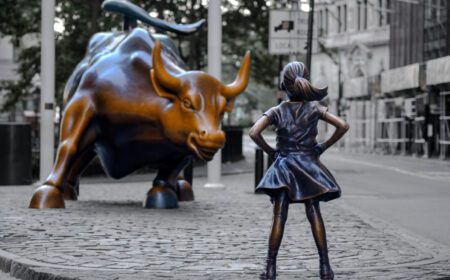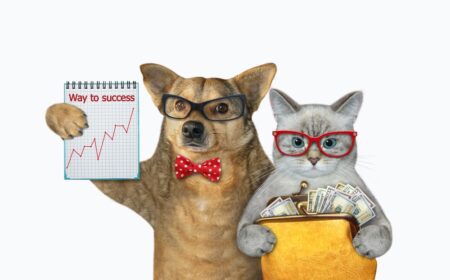After inflation comes stagnation. Insights into the post-Covid economy
After inflation, the US may see signs of stagnation amid high saving and slow investment

The US may return to a new normal that is very similar to the long period of sluggish growth. It certainly seems like we are leaving inflation behind, global supply networks appear to be recovering from the pandemic shock despite setbacks in China.
The issue is that the new normal will put the economy back in a similar situation to the one we’ve been in: a mess of stagnating wages, poor investment, dwindling workflorces, and rife inequality that has stymied prosperity for years.
If energy prices stay high and China’s economy stops developing like an emerging market and starts to slow down like a developed one, the crucial economic question of where growth originates will become even more difficult to answer.
The post-inflation scenario will be challenging. A contrast to episodes of inflation, a problem that the Federal Reserve and other central banks have learned how to handle by increasing the policy interest rate.
This shows slow economic growth, a key contributor is ‘secular stagnation’ which prior to Covid-19 was viewed as the major economic challenge of our time. It is the result of high savings rate and weak investment, which has resulted in persistently low growth, low inflation and low real interest rates.
To fix this, policy makers may raise the retirement age as a wild card to mitigate the damage. Increased productivity growth would be beneficial. It may be because these markets invested in automation, but cultures that were ageing more quickly also saw higher growth rates.









